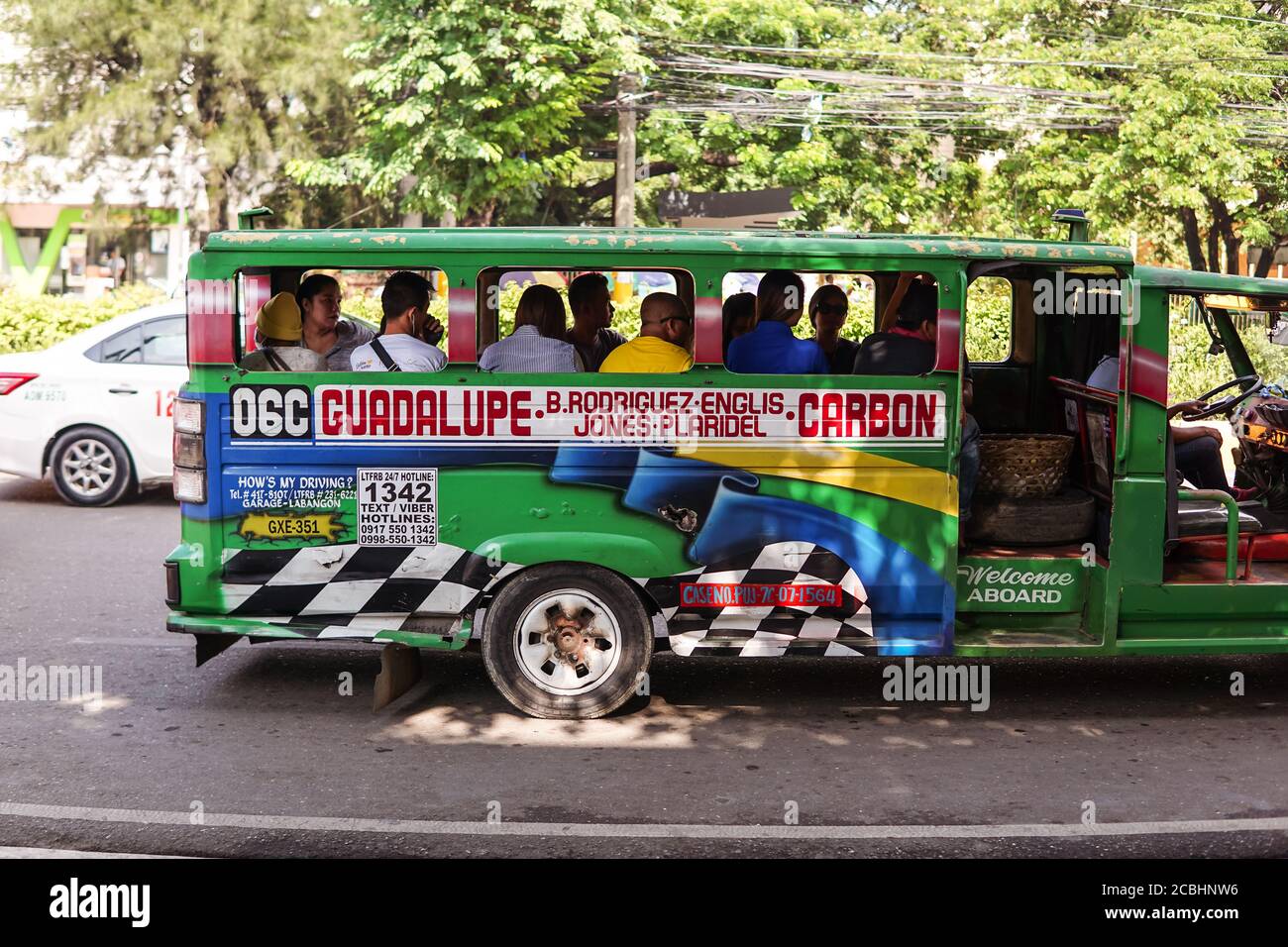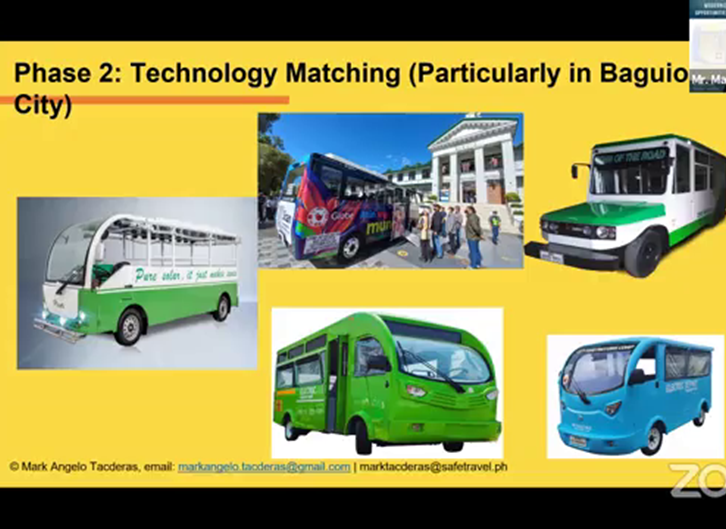Why Select Transit Advertising Philippines for Your Brand name
Why Select Transit Advertising Philippines for Your Brand name
Blog Article
Recognizing the Function of Transit Advertising And Marketing in Enhancing Brand Exposure and Consumer Engagement
Transportation advertising has actually become a crucial element in the advertising and marketing landscape, providing one-of-a-kind opportunities for brand names to elevate their exposure and engage consumers effectively. With the capability to get to a restricted and diverse target market during their day-to-day commutes, these marketing methods are not merely concerning visibility; they are concerning creating significant connections with prospective customers. As we explore the complex benefits and ingenious strategies within transit advertising, it comes to be important to take into consideration how these aspects collectively affect customer assumption and behavior, questioning regarding their long-lasting influence on brand name commitment.
Meaning of Transportation Advertising
Transit advertising refers to the practice of advertising items, solutions, or brands through advertisements placed around public transport systems. This kind of advertising and marketing incorporates a selection of positionings, consisting of posters on buses and trains, digital screens at transportation terminals, and covers on the outside of lorries. It aims to reach a diverse audience, maximizing the high foot website traffic connected with public transit.
Transit marketing is purposefully placed to record the focus of travelers, who usually invest substantial time traveling or waiting. By integrating advertisements into the everyday regimens of individuals, brands can develop an enduring perception and foster brand acknowledgment. The tool is especially efficient in urban environments, where public transport is a key mode of travel.
In addition, transit advertising can promote local targeting, allowing organizations to reach specific demographics based upon transit courses and terminal areas. As metropolitan populations expand and using public transport boosts, this marketing approach has acquired importance as an important element of incorporated advertising and marketing approaches. The vibrant nature of transportation marketing, incorporated with its capability to involve consumers in a restricted environment, highlights its significance in contemporary marketing techniques.
Benefits of Transit Marketing
The performance of transportation advertising lies in its capability to supply a wide range of benefits to brand names looking for to boost visibility and interaction. One of the main benefits is the extensive reach it uses; transportation advertisements can efficiently target varied demographics across urban locations, reaching both pedestrians and travelers alike. This wide direct exposure considerably improves brand awareness.
One more benefit is the high frequency of impacts. As transportation vehicles travel along established routes and stop at several areas, they develop repetitive exposure that reinforces brand messages. This frequency promotes experience, which is critical in customer decision-making.
Transportation advertising and marketing is also cost-effective contrasted to various other media systems. Offered its large reach and possibility for high impacts, brands frequently experience a lower cost per thousand impressions (CPM), maximizing their advertising spending plan.
In addition, transportation advertisements can develop a sense of community connection. By aligning with local transportation systems, brand names can reverberate with local audiences and promote a sense of regional satisfaction. This local approach improves brand name loyalty and engagement, making transportation advertising and marketing an engaging choice for companies intending to solidify their existence in the market.

Effective Techniques for Transit Campaigns
To optimize the impact of transit projects, brand names need to take advantage of strategic preparation and execution customized to their target audience. Initially, identifying the group qualities of the target market using public transportation is essential. This permits brands to develop personalized messaging that reverberates with potential clients.
Next, picking the right transportation mediums is essential. Whether making use of bus wraps, metro posters, or digital displays, each medium has unique benefits that can enhance presence. For circumstances, dynamic visuals on bus covers can stand out, while digital advertisements can be updated regularly to reflect prompt promotions.
Additionally, integrating a natural branding technique throughout transit systems makes sure consistency and enhances the brand name's identity. Making use of appealing designs and unforgettable taglines will reinforce brand recall among travelers.
Lastly, timing is an essential consider performing effective transit campaigns. Releasing projects during top traveling hours or neighborhood occasions can considerably enhance exposure and involvement. By employing these techniques, brand names can properly harness the possibility of transit advertising, fostering greater understanding and connection with their target market. Eventually, a well-executed transportation project can drive significant growth in brand exposure and consumer engagement.

Determining Effect and Engagement
In evaluating the performance of transportation marketing campaigns, exact measurement of impact and involvement is necessary for brands looking for to enhance their marketing strategies. Metrics such as reach, regularity, and perceptions provide click now fundamental data to assess presence. Examining these aspects helps determine just how lots of prospective customers are revealed to the promotions during their daily commutes.
Involvement can be additional evaluated via customer interactions, such as web site traffic, social media points out, and direct feedbacks to calls-to-action featured in the advertisements. Utilizing devices like QR codes or unique Links can help with monitoring of consumer habits straight linked to transportation campaigns. Surveys and responses systems additionally serve as important methods to collect qualitative information on consumer assumptions and recall of the ad.
In addition, progressed analytics and attribution models can correlate transportation direct exposure with succeeding buying behavior, offering understandings into the roi. By utilizing an extensive approach that incorporates qualitative and measurable procedures, brands can develop a nuanced understanding of their transportation advertising and marketing effect. Inevitably, this data-driven technique allows brand names to refine their campaigns, ensuring they reverberate properly with target audiences and improve general brand name presence.
Situation Research Studies of Successful Projects
Effective transportation ad campaign offer as engaging instances of exactly how effective strategies can boost brand visibility and engagement. Transit Advertising Philippines. One noteworthy situation is the "I Love New york city" project, which changed the city's photo and attracted millions of travelers. By utilizing subway advertisements, signboards, and bus wraps, the campaign created a solid, Continued natural brand identity, resulting in a significant uptick in tourist and neighborhood service patronage
One more exemplary project is Coca-Cola's "Share a Coke" effort, which leveraged transit advertising to individualize the brand name experience. By featuring popular names on promotional products across various transit platforms, Coca-Cola cultivated a much deeper psychological link with consumers, encouraging them to share their experiences on social networks.
In addition, the "Got Milk?" project successfully used public transport ads to reach a broad audience, strengthening the message of the significance of milk in a balanced diet plan. The campaign saw a quantifiable rise in milk usage in target demographics.
These case researches show that when carried out thoughtfully, transportation advertising can considerably enhance brand name exposure, foster consumer involvement, and drive quantifiable results, showing its crucial role in modern-day advertising techniques. - Transit Advertising Philippines
Conclusion
To conclude, transportation advertising and marketing acts as a vital device for boosting brand presence and cultivating consumer involvement. By using strategically positioned advertisements within mass transit systems, brands can effectively reinforce and reach diverse audiences acknowledgment through constant direct exposure. The execution of targeted messaging and ingenious strategies additionally intensifies the impact of transportation projects. Ultimately, the capability to gauge engagement and examine effective study emphasizes the performance of transportation advertising in driving brand name loyalty and consumer communications.
Transportation marketing has emerged as a critical element in the marketing landscape, offering one-of-a-kind possibilities for brand official statement names to raise their visibility and engage customers successfully.Furthermore, transit advertising can promote local targeting, enabling companies to reach details demographics based on transportation routes and terminal areas.In examining the effectiveness of transportation advertising and marketing campaigns, accurate dimension of effect and engagement is essential for brand names seeking to optimize their advertising and marketing methods.Successful transportation advertising and marketing campaigns serve as engaging examples of how reliable methods can elevate brand name exposure and engagement.In conclusion, transportation advertising offers as a crucial tool for boosting brand name presence and promoting consumer involvement.
Report this page